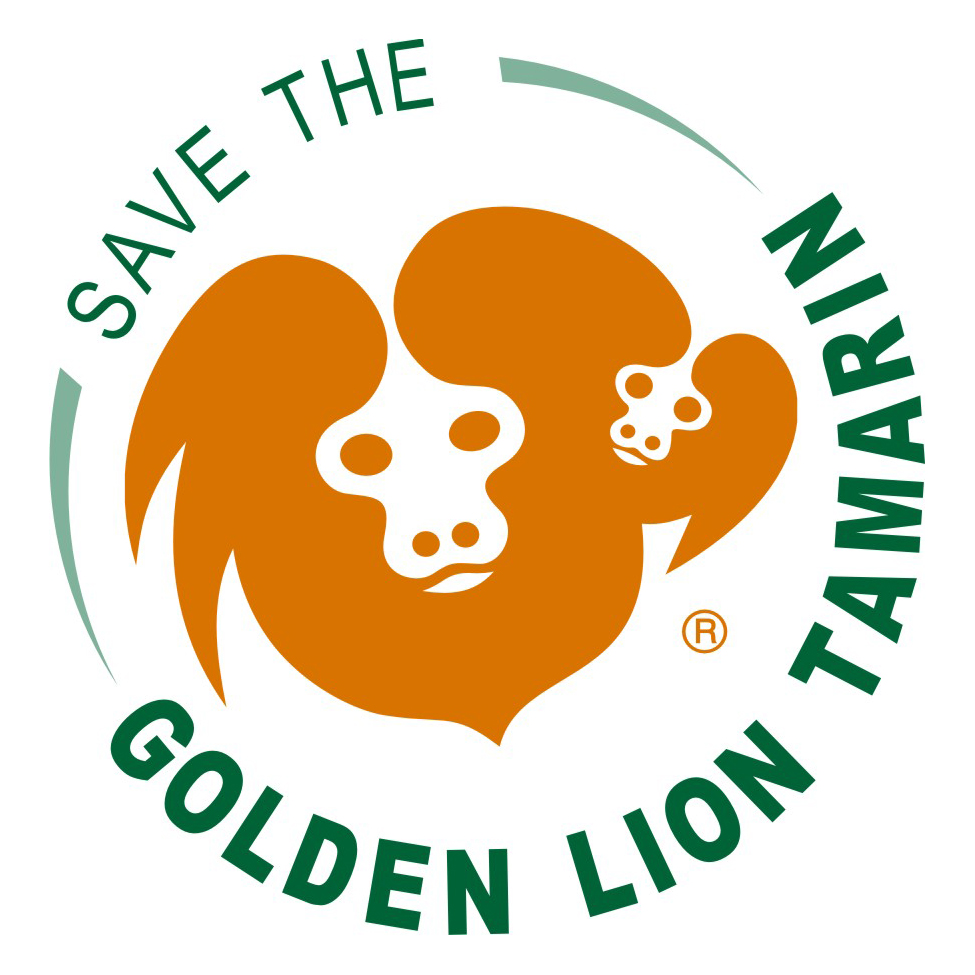A Student's Experience with GLT Conservation
Josh Thompson is a zoo education professional at Disney's Animal Kingdom Lodge, completing his Biology M.A. degree with Miami University's Project Dragonfly Global Field Program in December 2018. In 2017, he traveled to Brazil and was part of the Project Dragonfly cohort that learned first-hand about GLT conservation with AMLD staff. Through his graduate school program, he traveled to Baja, Mexico to study whale shark conservation, and Borneo, Malaysia to study primate conservation. Through his experiences, Josh has discovered conservation starts by connecting with people and culture.
The author in Brazil
Bom dia, (Good morning) from Rio de Janeiro, Brazil! It’s late May, 2017. Fog and dew rolled in overnight revealing a beautifully cozy winter twilight in the Atlantic Forest lowlands. I’m up early with the chickens, checking for signs of a small golden monkey, not in the Amazon but in the endangered and lesser-known Atlantic coastal rainforest.
I traveled ten hours by plane from Orlando, Florida, with Project Dragonfly of Miami University to learn from the leaders of a small Brazilian organization - Associação Mico-Leão-Dourado (AMLD; Golden Lion Tamarin Association) - dedicated to the conservation of this species in its Atlantic Forest habitat. Despite working in a zoo for over fifteen years, I admit I knew very little about the tragic but hope-filled story of the Atlantic Forest and its flagship species, the golden lion tamarin. In Brazil I learned that this tiny charismatic monkey was saved from the brink of extinction by AMLD, through partnerships with many zoos around the world, and by empowering local, passionate stewards of the Atlantic Forest. Like me, your introduction to this beautiful golden primate was likely hearing it chirping away at your local zoo.
Our team is staying at a quaint agroforestry farm owned by Ana and her family, less than two hours outside of Rio de Janeiro city. This morning, Ana tells me over my third cup of addictively farm-fresh coffee, grown, roasted and ground on property, that more than 90% of the Atlantic Forest is gone. Surreally, in every patch of forest that remains the hum of motor vehicles echoes more distinctly than wind in the trees. Very little of what I recognize as “wild” remains here. Despite this chilling confluence of nature and machine, Ana is proud of her farm, restoring and protecting hundreds of hectares from further destruction, ensuring the incredible biodiversity of the forest will continue to exist for future generations.
AMLD continues to build a network of farmers like Ana, inspiring a community to become stewards of their forest. Promising to preserve this special place, Ana’s doors are open wide to eco-travelers, ready to explore the rolling vistas recognized as one of the most biodiverse ecosystems on the planet. As a family group of ten wild tamarins jump into her fruit trees for a snack before our hike, Ana’s smile told me how personal and fulfilling it is to share this enchanting land with travelers like me. Throughout my ten days of hiking, tracking, networking, learning, journaling and exploring, I understood one of the greatest powers of connection to golden lion tamarin conservation: experiencing the story of the people saving the golden lion tamarin.
The story of the golden lion tamarin exemplifies how local and global actions can be intertwined for conservation success. Maintaining a healthy relationship between my zoo community and local communities helps save species. Luis Paulo Ferraz of AMLD made sure we felt like family with his organization, connecting us to every member of his team, understanding every facet of their conservation challenges, and showing us so much hope and value of our partnerships. The wild population of golden lion tamarins dropped to less than 300 in the 1980’s, has rebounded to more than 3,000 today, thanks to AMLD’s partnerships with Save the Golden Lion Tamarin and zoos.
Photo by the author
On our last day, Dragonfly professors, students, AMLD members, and stakeholders from Brazil’s primate conservation organizations participated in an inspiring workshop. We shared our experiences, ideas and research, and created more visions of the future through diverse lenses. That is my takeaway from my time in the Atlantic Forest. You can’t always learn about conservation from books. Sometimes you need to spend time with the people who live it every day to really understand their voice, which I now talk about at my zoo with my fellow educators.
I tell the golden lion tamarin story frequently. I describe the taste of fresh fruit and coffee on the agroforestry family farm, the frequent absence of forest, the importance of zoos learning about animals and education to help fuel conservation in the field, but mostly about the importance of understanding how we impact our world through our everyday behaviors. Since my days in Brazil, I buy rainforest friendly Brazilian coffee, support Save the Golden Lion organization through smile.amazon.com, and share this conservation story of the golden lion with my fellow educators and zoo visitors.
Today I share this story with you to emphasize how valuable spending ten days immersed in learning about community conservation is in understanding our place in the world. I didn’t leave the Atlantic Forest without hope, I left the forest feeling empowered to share the successes of partnerships and community voices. I can say with all my heart that I love the golden lion tamarin community because I now know the full conservation story and the people who give voice to the tamarin. We won’t protect what we don’t love, and we won’t love what we don’t know. I encourage you to do the same. Learn all you can.
Click here for more information on Project Dragonfly's Brazil Expedition.


